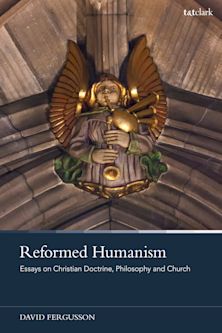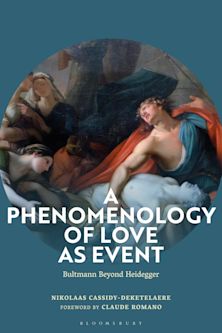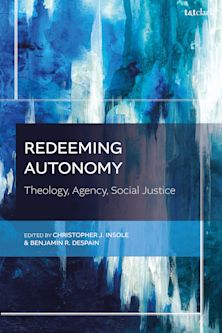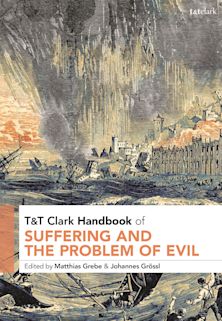Description
This volume offers a practical and innovative interpretation of divine revelation, from a philosophical-theological perspective. Balázs M. Mezei outlines the most important presuppositions of our notion of divine revelation in a historic and semantic setting, as well as elaborating upon the methodology of model analysis. He then introduces and analyses the notion of self-revelation as the most important modern understanding of divine revelation; and presents the notion of “apocalyptic personhood” as a corollary of radical personhood, which is further developed into apocalyptic phenomenology.
Mezei further examines the remarkable development of some of the most important notions in the history of Christianity, along with the homogenous infrastructure of these notions in the very essence of the religion: the doctrine of Trinity. Covering aspects of revelation from semantics to historical and cognitive origins, and engaging with a wide variety of texts – including Augustine, Thomas Aquinas and Joseph Ratzinger – Mezei makes a strong and clear statement when explaining what the radical revelation is, how it can be understood and its overall importance.
Table of Contents
Foreword
1. General Introduction
2. Structure and Content
Chapter One: What is Revelation?
1. Preliminaries
2. The Presuppositions of Revelation
3. The Semantics of Revelation
4. The Historical Origins of Revelation
5. The Cognitive Origins of Revelation
6. The Fact of Revelation
7. Theories of Revelation
8. A Radical Philosophical Theology
9. Sources of Revelation
Chapter Two: Models of Revelation
1. Preliminaries
2. Kinds, Types, and Models
3. Forms of Revelation
4. From Forms to Models
5. Systems of Models
6. An Example: The Liturgy
7. A Concluding Remark
Chapter Three: Self-Revelation
1. Preliminaries
2. The Grammar of Self-Revelation
3. The History of Self-Revelation
4. The Model of Self-Revelation
5. Self and Unity
6. Self and Persons
7. Radical Personhood
8. Radical Personhood as kenosis
9. Self-Revelation as Radical Personhood
Chapter Four: Radical Revelation
1. Preliminaries
2. Self-revelation and Radical Revelation
3. Radical Revelation as the Fact of Freedom
4. The Eight Gestures of Freedom
a) Birth
b) Growth
c) Entry
d) Healing
e) Radiance
f) Transfiguration
g) Kenosis
h) Overcoming
5. Radical Re-velation
6. Radical Revelation as apokalypsis
Chapter Five: The Revelation of Apocalyptic Personhood
1. Preliminaries
2. The Last Judgment of Michelangelo
3. Aspects of Apocalyptic Personhood
a) The Kingdom of God
b) The Son of Man
c) Resurrection
d) Pentecost
e) Conversion
f) Stoning
g) The Lamb of God
4. Trinitarian Relations
Chapter Six: Apocalyptic Phenomenology
1. Preliminaries
2. From Openness to Newness
3. Newness as Personhood
4. A Phenomenology of Disclosure
5. The Principle of Refusivum Sui
6. Models of Disclosure
a) Augustine's Confessional Apocalypse
b) An Apocalypse of Contrasts
c) A Faustian Apocalypse
d) The Visage as Apocalypse
7. The Musical Genius
Chapter Seven: The Catholicity of Revelation
1. On Overtures
2. Architectonics
3. Catholicity
4. Faith
5. Hope
6. Love
7. Prospects
Conclusion
Appendix I: The Concentric Model of Revelation
Appendix II: The Ramifications of Revelation
Appendix III: Aspects of Catholicity
Appendix IV: An Outline of the Study of Apocalyptics
Bibliography
Index of Names
Index of Biblical Passages
Index of Art Works
Product details
| Published | 30 Nov 2017 |
|---|---|
| Format | Ebook (PDF) |
| Edition | 1st |
| Extent | 224 |
| ISBN | 9780567677792 |
| Imprint | T&T Clark |
| Series | Illuminating Modernity |
| Publisher | Bloomsbury Publishing |
Reviews

ONLINE RESOURCES
Bloomsbury Collections
This book is available on Bloomsbury Collections where your library has access.



































